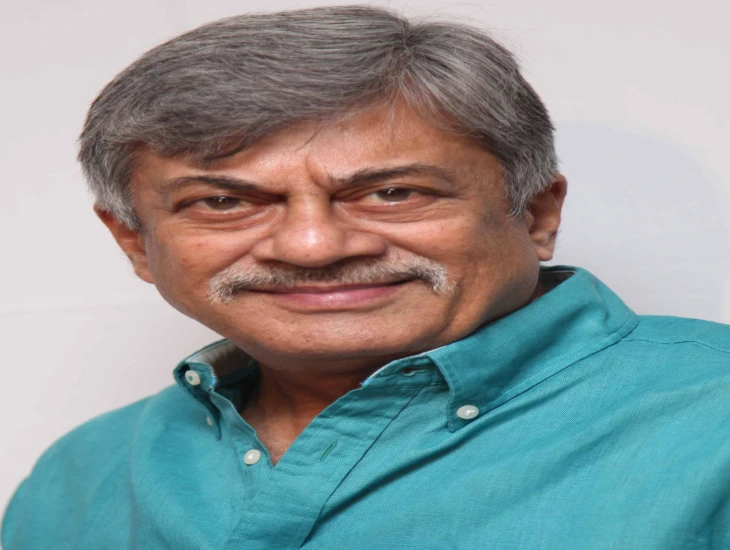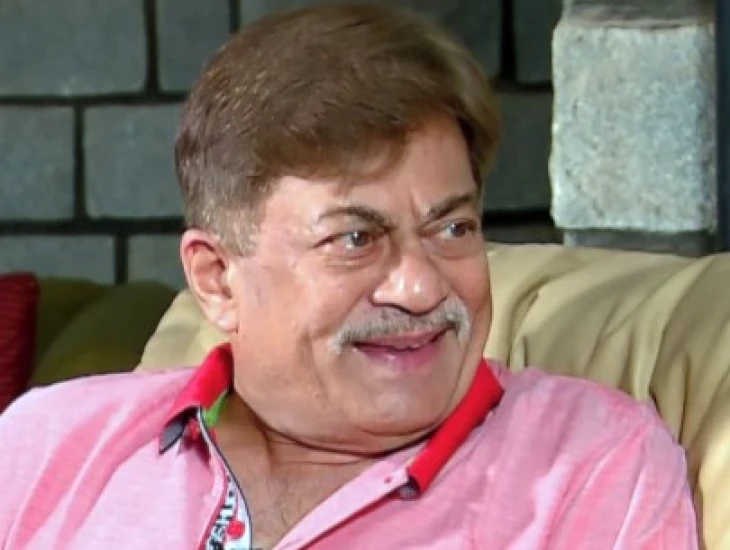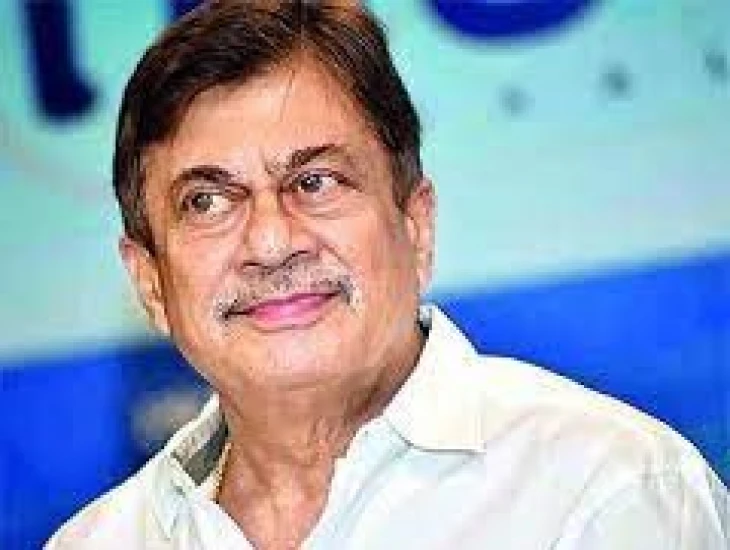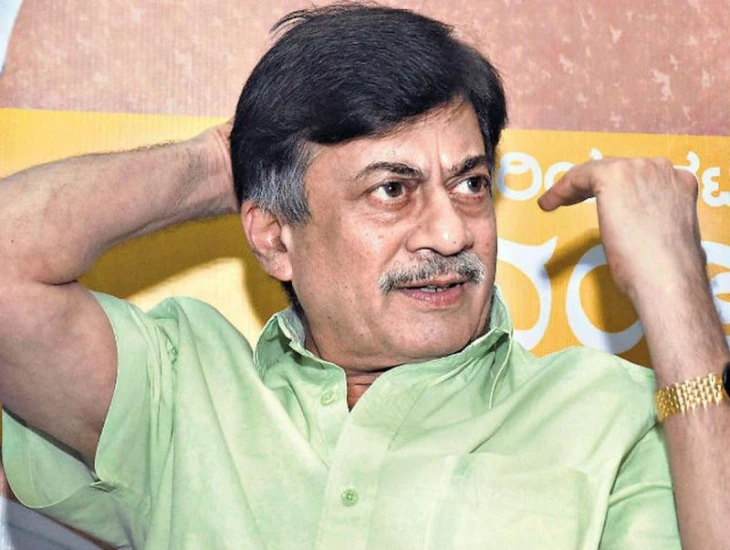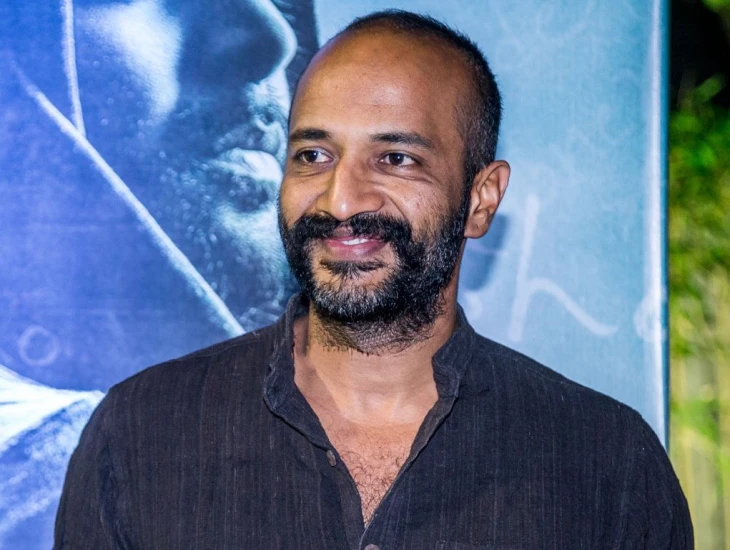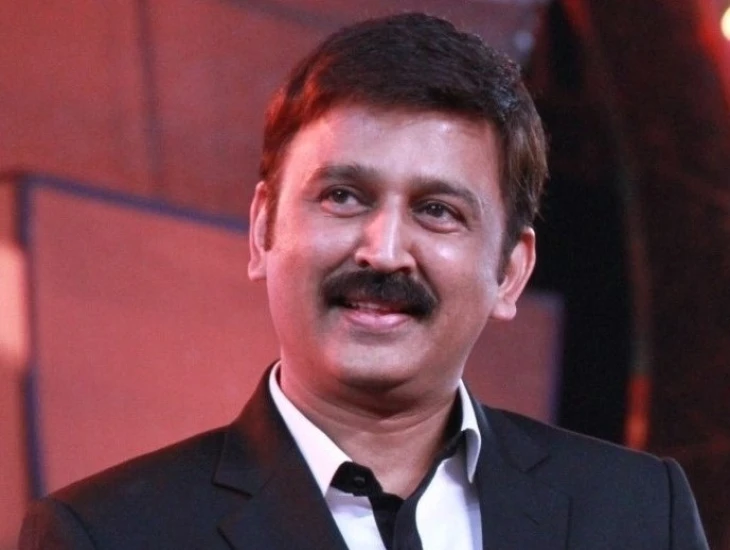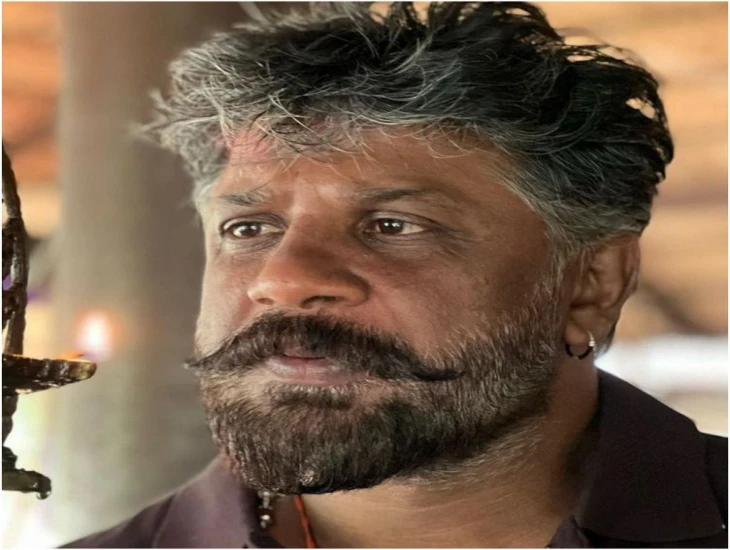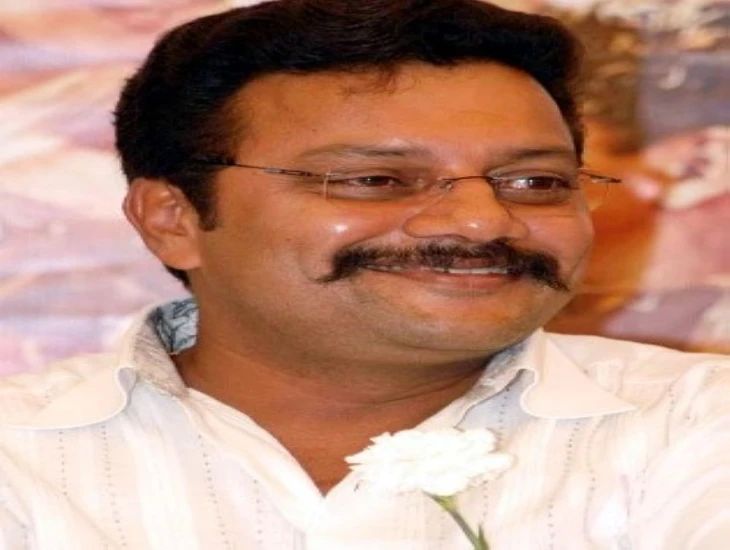ANANT NAG
Regional Male Actor
Anant Nagarkatte, born on September 4, 1948, is a distinguished Indian actor with a prominent presence in Kannada cinema. With a versatile career spanning over 300 films across various languages, including Hindi, Telugu, Marathi, Malayalam, and English, he has earned a prominent place in the film industry. Notably, he has also ventured into theatre, parallel cinema, and television.
Anant Nag made his debut in feature films with "Sankalpa" (1973), directed by Prof. P.V Nanjaraj Urs, which won multiple state awards in Karnataka. His entry into parallel cinema was marked by Shyam Benegal's "Ankur" (1974), which marked the beginning of his journey in thought-provoking and socially relevant films.
He has excelled in both commercial and critically acclaimed Kannada films. Some of his successful movies include "Bayalu Daari" (1976), "Kanneshwara Rama" (1977), "Naa Ninna Bidalaare" (1979), "Chandanada Gombe" (1979), "Benkiya Bale" (1983), "Hendthige Helbedi" (1989), "Ganeshana Maduve" (1990), "Mungaru Male" (2006), "Godhi Banna Sadharana Mykattu" (2016), "Raajakumara" (2017), "Sarkari Hi. Pra. Shaale, Kasaragodu, Koduge: Ramanna Rai" (2018), "K.G.F: Chapter 1" (2018), "K.G.F: Chapter 2" (2022), and "Gaalipata 2" (2022).
Anant Nag's contribution to television includes his appearance in the acclaimed series "Malgudi Days," which was an adaptation of R. K. Narayan's short stories. His portrayal of diverse characters and his ability to connect with the audience has been widely appreciated.
His journey began in a Konkani-speaking family in Shirali, Karnataka. He pursued his education in various places and developed an interest in theatre, which eventually led him to the world of acting. Anant Nag's dedication to his craft and his ability to excel in both parallel cinema and commercial movies have earned him six Filmfare Awards South and five Karnataka State Film Awards.
Anant Nag continues to be an iconic figure in Indian cinema, leaving an indelible mark with his performances that resonate with audiences across languages and cultures














































